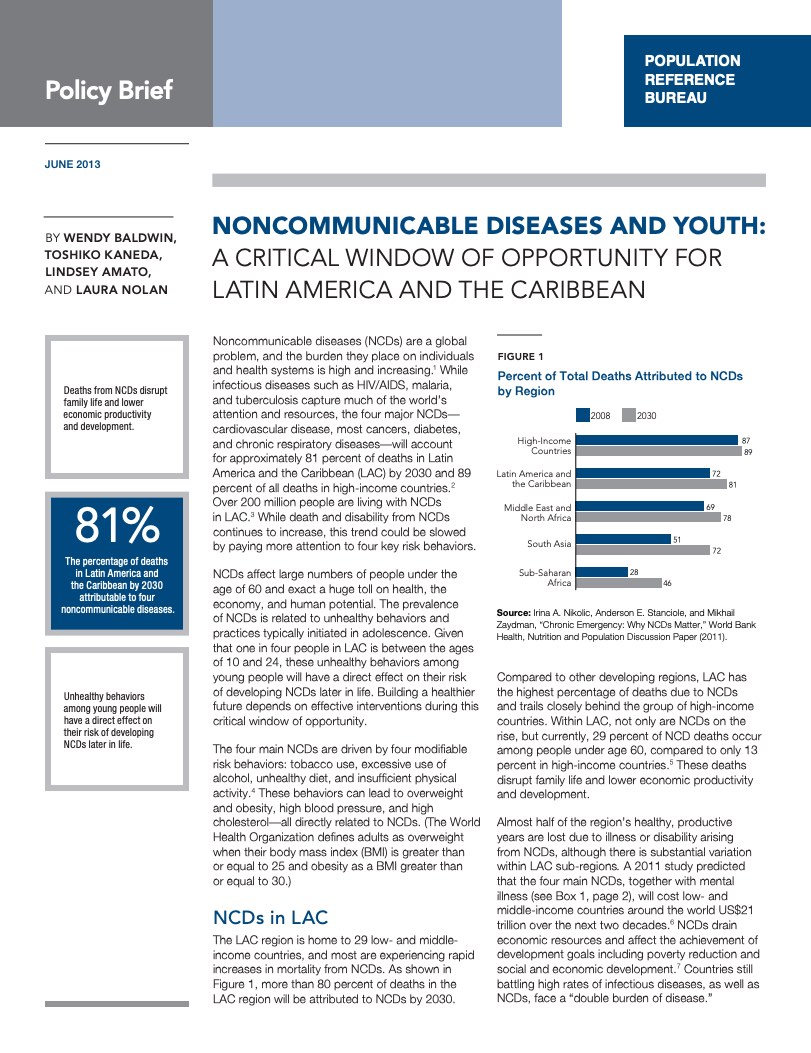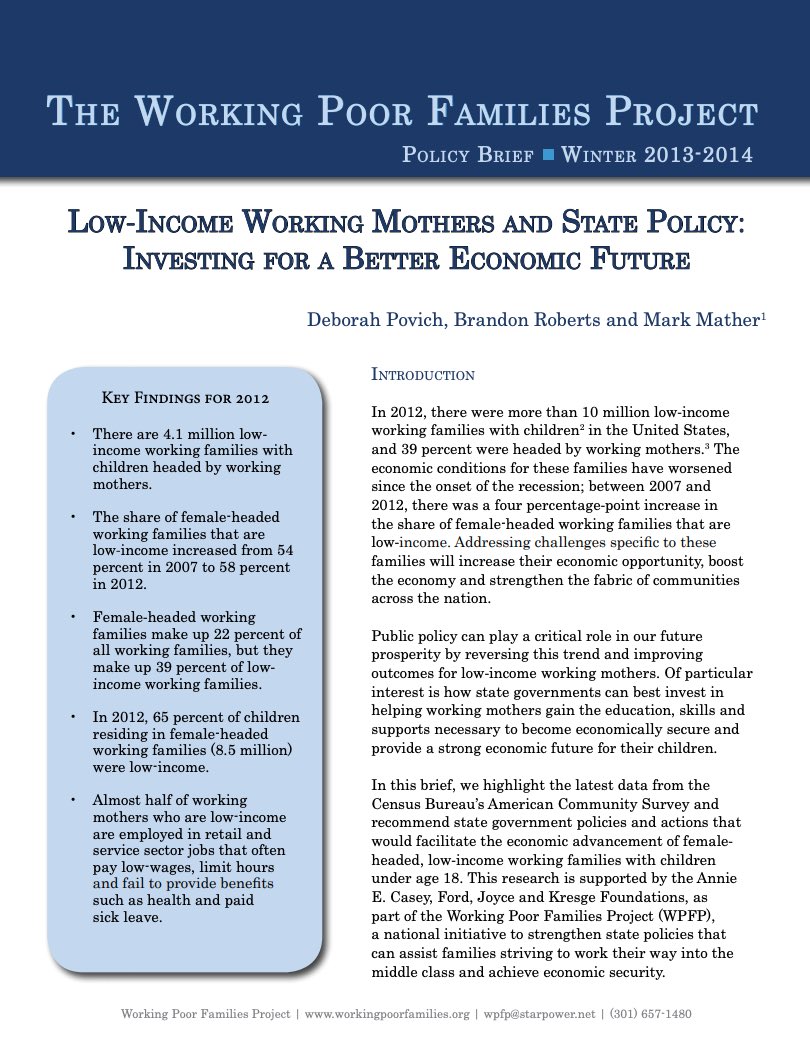Cuadro de datos de la población mundial 2011 (PDF)
(2011) Global population will reach 7 billion later in 2011, just 12 years after reaching 6 billion in 1999.

(2011) Global population will reach 7 billion later in 2011, just 12 years after reaching 6 billion in 1999.
(2004) A new comparative study using nationally representative information on domestic violence in nine developing countries finds that women whose fathers abused their mothers are twice as likely to suffer domestic abuse themselves.

(2011) Global population will reach 7 billion later in 2011, just 12 years after reaching 6 billion in 1999.

Project: Combatting Noncommunicable Disease Risk Factors in Youth
(2013) Noncommunicable diseases (NCDs) are a global problem, and the burden they place on individuals and health systems is high and increasing.
(2002) Deaths from heart disease have fallen dramatically over the past 50 years in the United States, from over 589 age-adjusted deaths per 100,000 people in 1950 to less than half that number in 2000 (258 per 100,000).
In early 2011, Pietronella van den Oever, PRB visiting scholar,visited the Malian staff and villagers she worked with in a UN Food and Agriculture Organization (FAO) rural training project in the mid-1970s. As part of PRB's 2011-2012 Policy Seminar series, she discussed her recent research on the project's results, which continue to be economically and socially important 40 years later.

Project: Demography and Economics of Aging and Alzheimer’s Disease
Older women in the United States continue to live longer than men, on average, but they’re spending an increasing share of their later years living with a disability, research suggests.

Project: Working Poor Families Project
(2014) U.S. working mothers have had a hard time in recent years: Between 2007 and 2012, the share of female-headed working families that are low-income increased from 54 percent to 58 percent, according to a Population Reference Bureau (PRB) analysis of data from the U.S. Census Bureau's American Community Survey.

Project: PACE: Policy, Advocacy, and Communication Enhanced for Population and Reproductive Health
Female Genital Mutilation/Cutting: Data and Trends Update 2017, produced with support from the U.S. Agency for International Development, provides the latest data on the practice in 29 developing countries with representative and comparable data—although FGM/C occurs worldwide.